
Laurel Schaider
@laurelschaider
PhD environmental chemist and public health researcher at @SilentSpringIns. Teacher, knitter, mother, wife of @grantho.
ID: 633885378
https://silentspring.org/staff/laurel-schaider-phd 12-07-2012 15:10:18
888 Tweet
1,1K Followers
570 Following

Journalist Garret M. Ellison on challenges of reporting on PFAS: “You can’t write a story on every PFAS site, there are too many.” #PFASConference2024
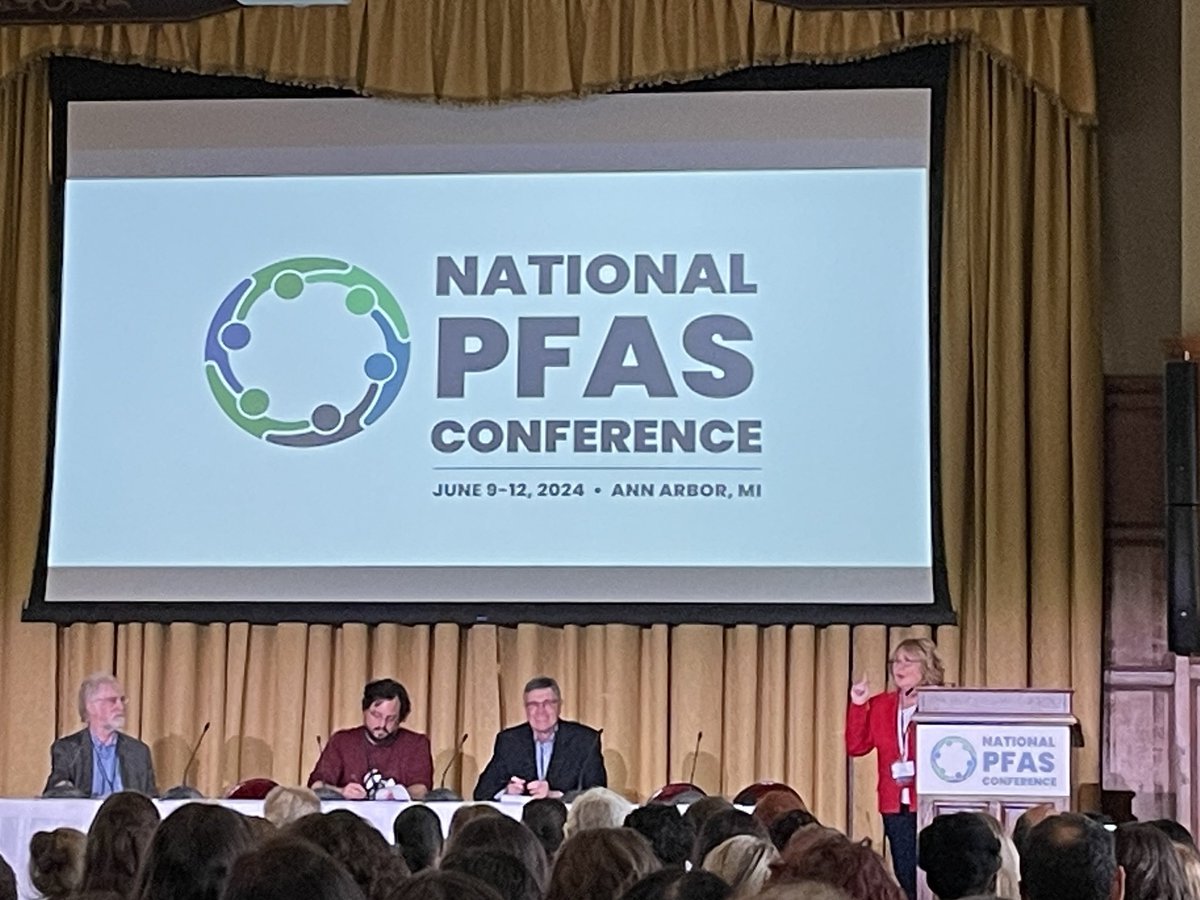




Having diverse study populations is important! Jesse Goodrich found PFHpA (7-carbon cousin of PFOA) was linked to liver cancer, especially among Latino & Japanese Americans, who are also more likely to have a specific genetic variant. This trend not seen in White participants.
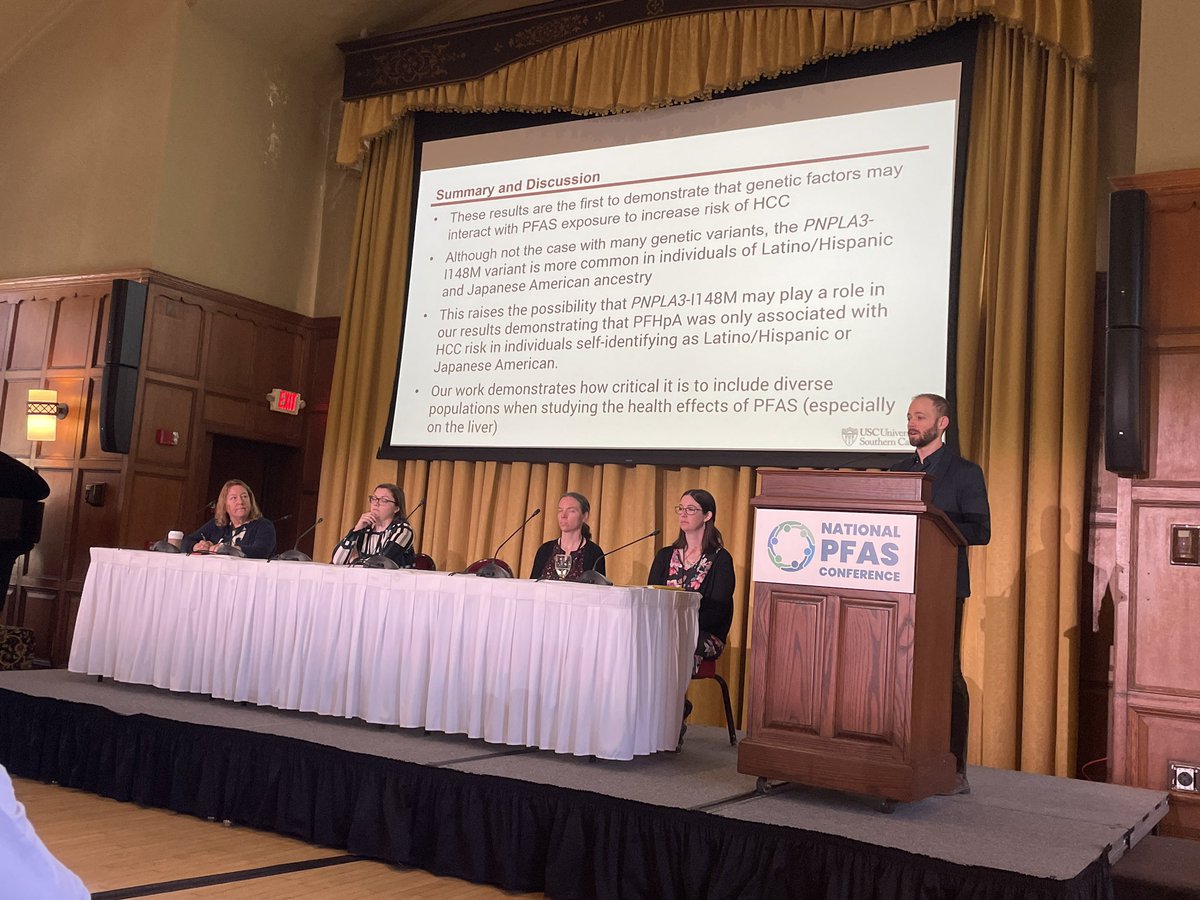





Hope Grosse and Joanne from Buxmont coalition for safer water describe inadequacies with DoD Restoration Advisory Boards and the impacts of PFAS on their families’ health. #PFASConference2024
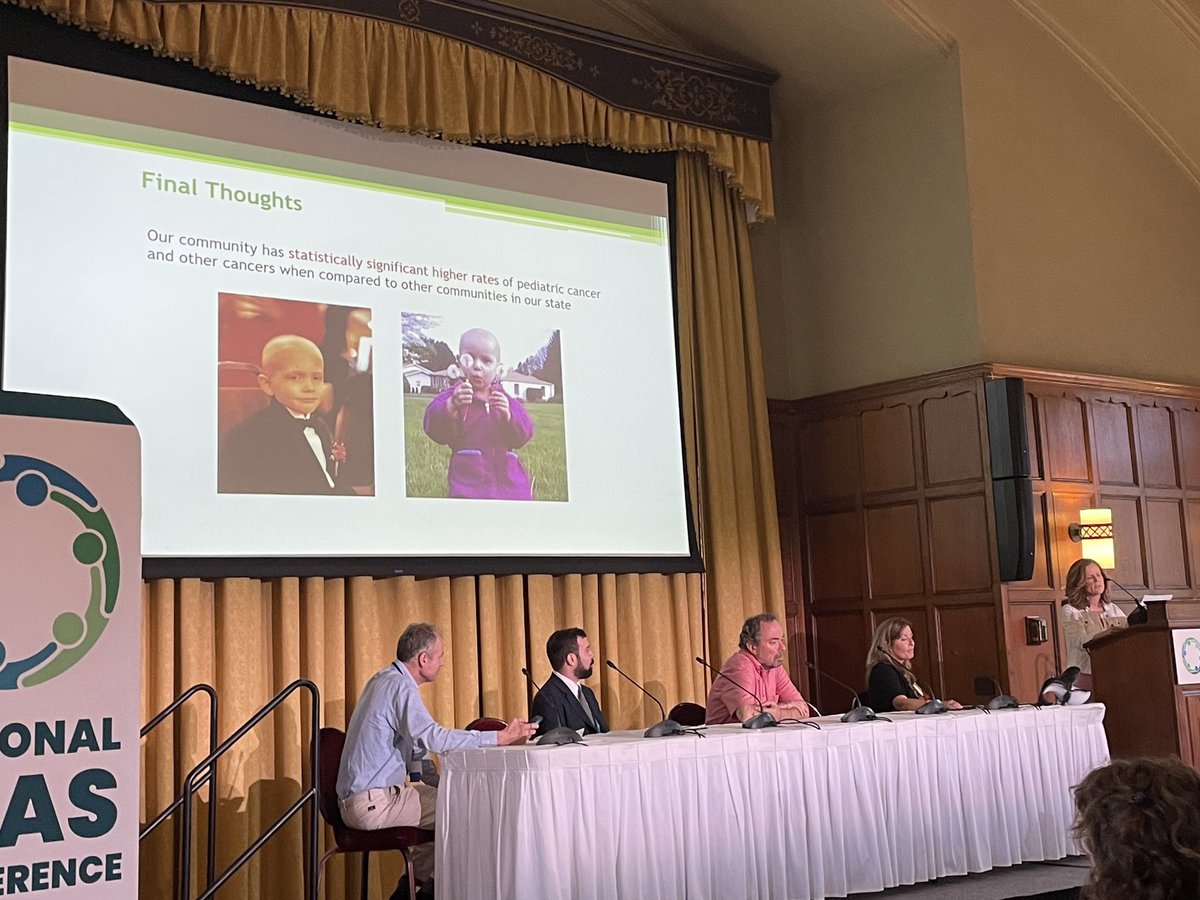

So much important remediation info from NC State University’s Detlef Knappe. POET systems with 100s of lbs of GAC are highly effective but off-the-shelf systems often are not. Very imp to monitor emissions from incineration, which vary by temperature & chemical structure #PFASConference2024
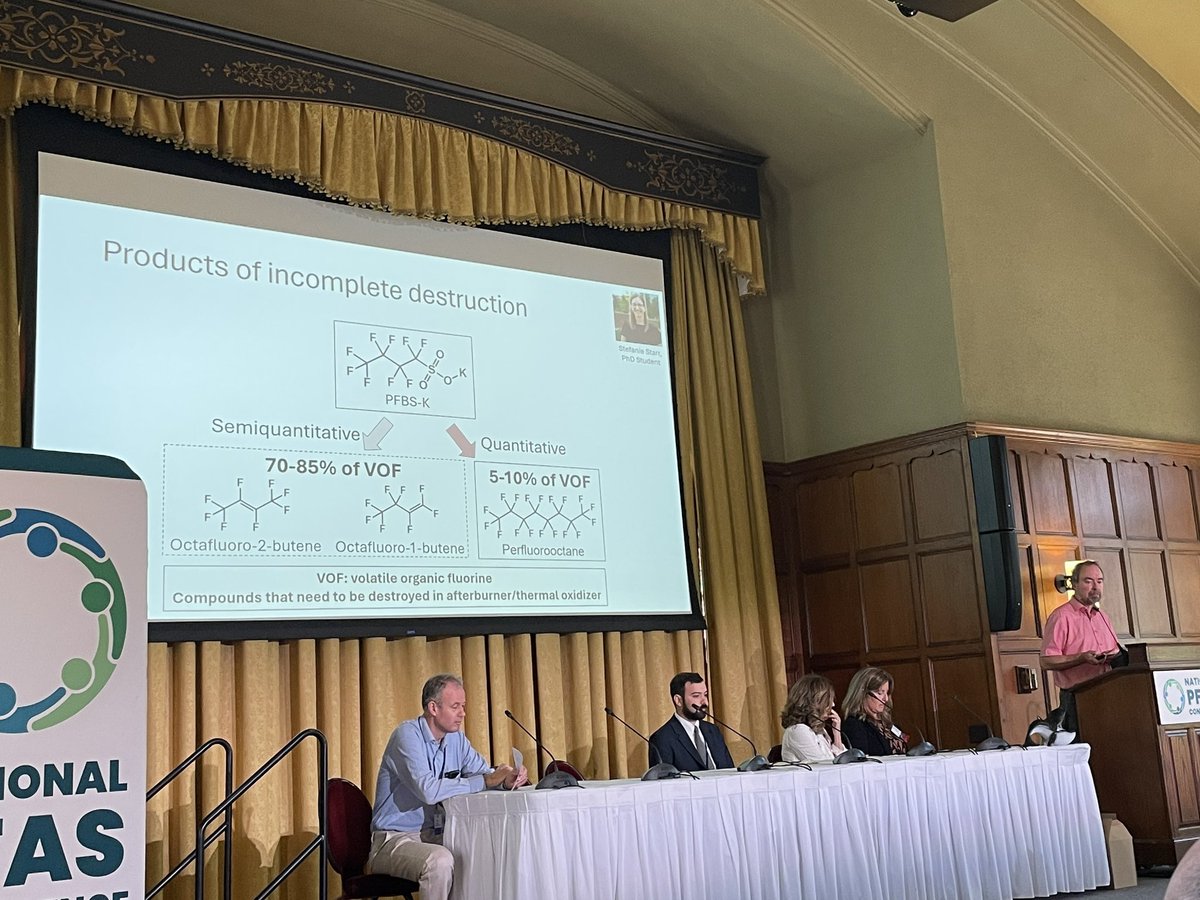



Thank you Sharon Lerner for attending our Silent Spring Inst gala this week as one of our Rachel Carson Advocacy Award winners. So grateful for all that I've learned from your incredibly well-researched and thoughtful reporting on #PFAS and other failures in our chemical regulations.


Excited to be at the Senate today with Dr Sue Fenton of NC State University to provide testimony to talk about the importance of addressing the many challenges of #PFAS. Starts at 9:30! Live-streaming at: epw.senate.gov/public/index.c…
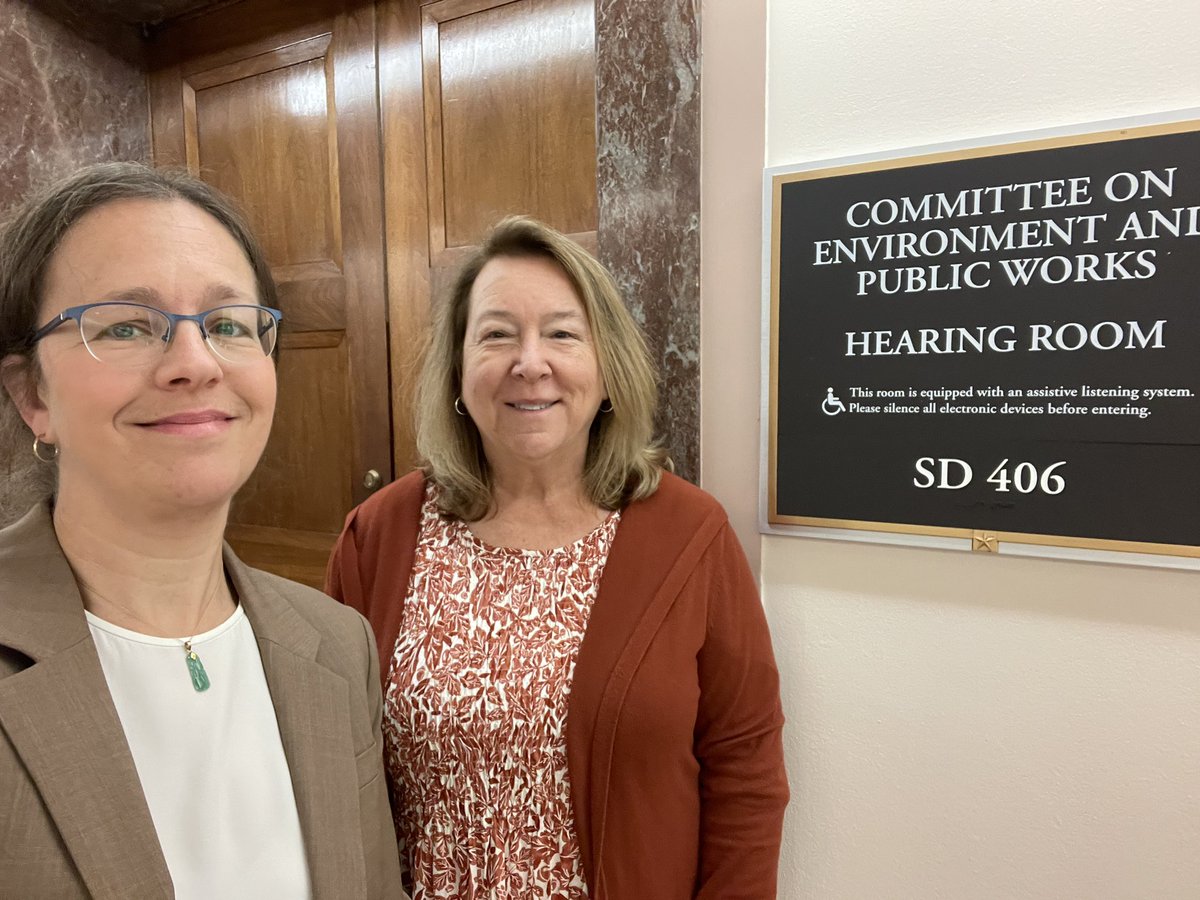

Thank you Senator Jeff Merkley for hosting today’s Senate hearing on #PFAS exposures and health effects. It’s critically important that we take steps to avoid unnecessary PFAS exposures now and work to develop additional PFAS-free alternatives in the future. Silent Spring Inst


Our new paper in Environmental Health Perspectives found that public water systems with more Hispanic and Black customers were more likely to have unregulated industrial contaminants and to be close to pollution sources.







